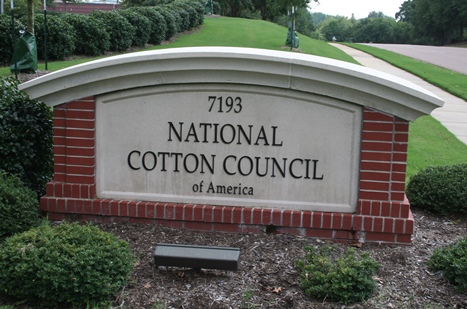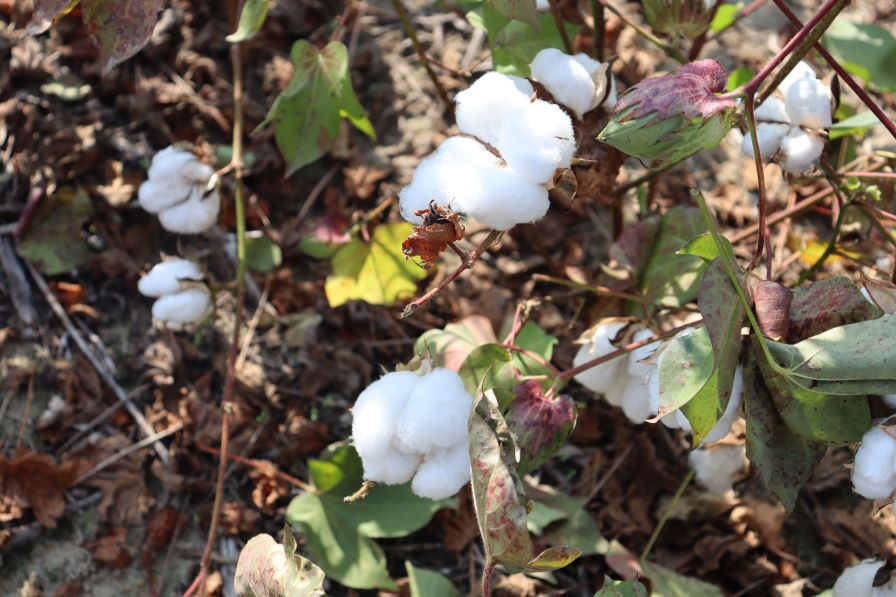Thinking About Cotton: Plant Growth Regulators
Over the past 40 years, plant growth regulators (PGRs) have become an integral part of modern cotton production. Most references to PGR use in cotton involves mepiquat chloride (MC), a compound registered with the U.S. EPA in 1980 by BASF under the trade name Pix. Since the late 1970s, thousands of experiments have investigated MC rates and timing as well as related crop management practices.
In an article titled “How to Think About Cotton: Plant Growth Regulators,” Dr. Steve Brown, Alabama Extension Cotton Specialist, and Tyler Sandlin, Alabama Extension Agronomist, defined the history of the product and its multiple use options.
“In terms of basic biology, MC limits cell expansion and thereby reduces cotton leaf area and stem internode length,” they write. “Practically, it helps manage and restrict crop canopy.
“Plant processes are subject to numerous environmental and management factors, and therefore, there is no exact recipe for PGR use in cotton,” they point out. “What was appropriate in a previous year(s) or in a field down the road may not be best for another field. Many factors influence the outcome, so careful thought and routine are required to guide and adjust timing and rates.”
Brown and Sandlin offer several simple statements to consider when thinking about PGR applications in cotton:
- A good boll load is the best PGR. The ultimate goal is to produce, retain, and harvest bolls. With a good boll crop, plant height and nodes are often held in check, at least somewhat.
- Mepiquat chloride does not shrink existing plant tissues. PGRs affect new growth and have little impact on mature leaves and stems.
- Inputs such as good fertility, particularly nitrogen (N), and irrigation (and plentiful rainfall) enhance growth, while PGRs restrict growth. MC is often integral to well-fertilized, well-watered production. PGRs are not essential in dryland systems and can often be used when needed.
- Rate selection is not difficult. Don’t agonize over a difference in rate. Later treatments can often provide the ability to make corrective adjustments.
- Timing can be more critical than rate. Starting applications earlier rather than later often sharpens the ability to effectively manage canopy size without over- or underdoing it.
Click here to read Brown and Sandlin’s entire article.









